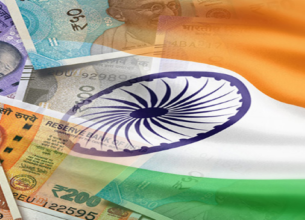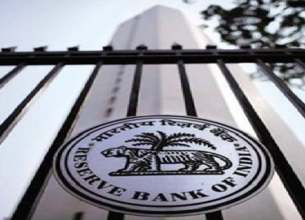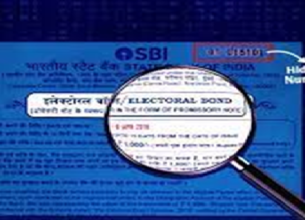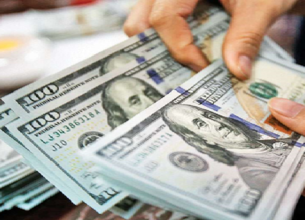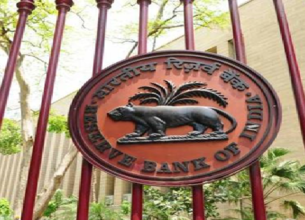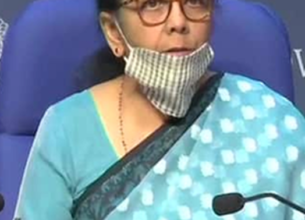HOW COVID-19 UNSETTLED RUPEE
Why in News?
- The economic disruption due to the spread of the COVID-19 over the past few months has adversely affected various aspects of the Indian economy which can be assessed using multiple parameters including the exchange rate viz a viz other economy.
Exchange Rate:
- A currency’s exchange rate vis-a-vis another currency reflects the relative demand among the holders of the two currencies.
- This is dependent on the relative demand for the goods and services of the two countries.
- If the US dollar is stronger than the rupee, then it shows that the demand for dollars (by those holding rupee) is more than the demand for rupees (by those holding dollars)
Current Scenario:
- Typically, stronger economies have stronger currencies.
- For instance, the US economy is relatively stronger than India’s and this is reflected in one US dollar being equal to around 76 rupees.
- The rupee has been losing value (or depreciating or weakening) against the dollar over the past few months.
- But the US is not the only other country in the world; India trades with many other countries.
- To have a better understanding of the Indian economy’s overall competitiveness, one should look at how the rupee is behaving with its major trade partners.

Parameters to Measure Exchange Rate Competitiveness of Indian Economy:
- Nominal Effective Exchange Rate:The Reserve Bank of India tabulates the rupee’s NEER in relation to the currencies of 36 trading partner countries.
- This is a weighted index — that is, countries with which India trades more are given a greater weight in the index.
- A decrease in this index denotes depreciation in Rupee’s value; an increase reflects Appreciation.
- Changes Observed:
- In NEER terms, the rupee has depreciated to its lowest level since November 2018.
- The rupee has been steadily losing value — showing the Indian economy’s reducing competitiveness— since July 2019.
- The dip in March was likely influenced by the net outflow of foreign portfolio investments from the Indian equity and debt markets — they stood at $15.92 billion in March as against net inflows of $1.27 billion in February.
- Real Effective Exchange Rate (REER):This is even better at capturing the actual change is essentially an improvement over the NEER because it also takes into account the domestic inflation in the various economies.
- Many factors affect the exchange rate between any two currencies ranging from the interest rates to political stability (less of either result in a weaker currency). Inflation is one of the most important factors.
- REER Calculates the purchasing power of a currency by adjusting the nominal exchange rate for inflation effects.
- Illustration – Suppose Rupee – Dollar exchange rate was exactly 10 in the first year.
- This means that with Rs 1000, one could buy something that was priced at $100 in the US. But suppose the Indian inflation is 20% and the US inflation is zero. Then, in the second year, an Indian would need Rs 1200 to buy the same item priced at $100, and the rupee’s exchange rate would depreciate to 12.
- Changes Observed:
- Even in REER terms, the rupee has depreciated in March and fallen to its Lowest Level since September 2019.
- As the graph shows, the difference between trends of NEER and REER was due to India’s domestic retail inflation being lower relative to the other 36 countries.
- As domestic inflation started rising, the REER, too, started depreciating like the



